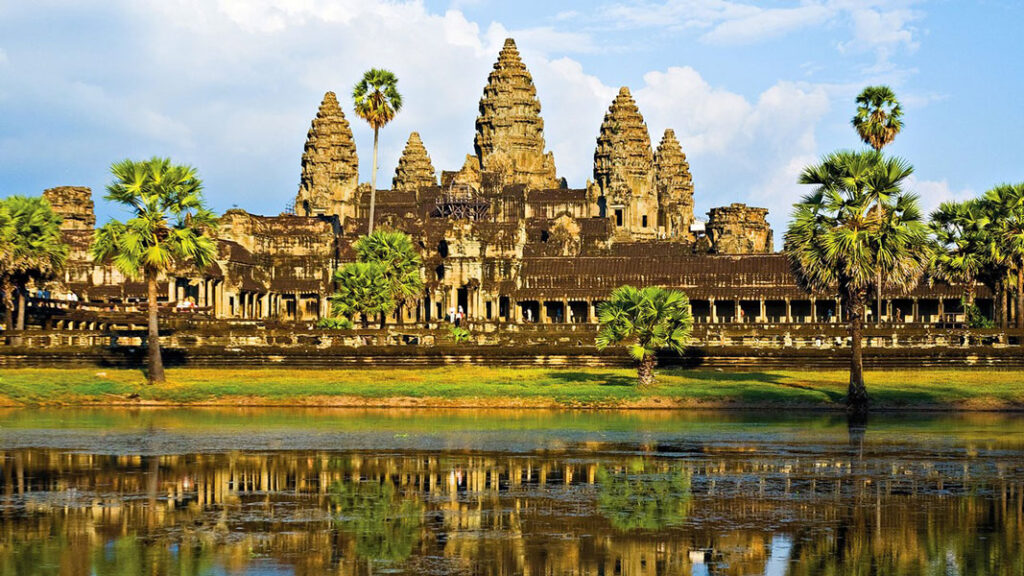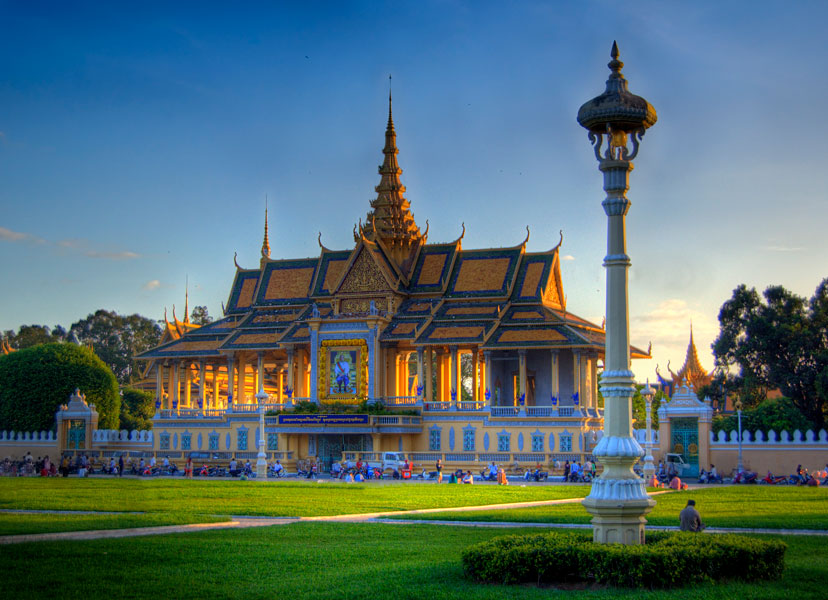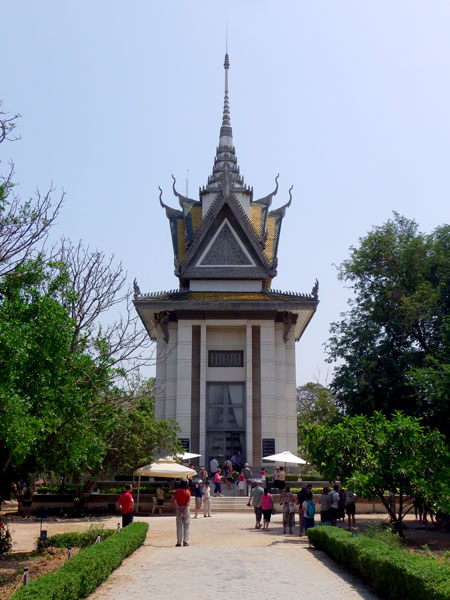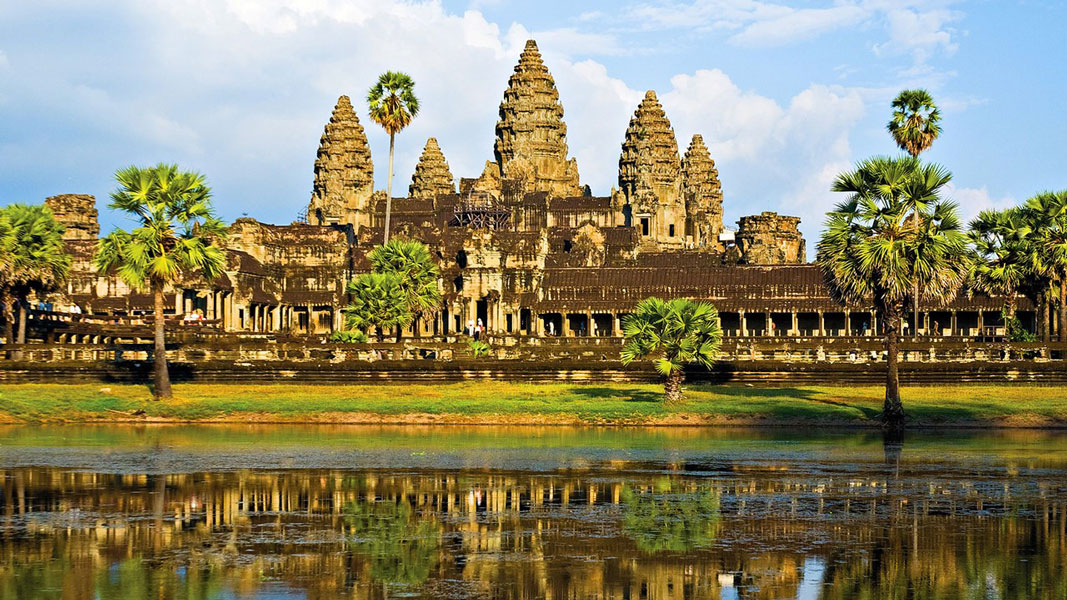
I was pleasantly surprised when I landed in the Cambodia capital Phnom Penh, welcomed by a sign ‘Namaste’. Indian passport holders get visa on arrival, but a return ticket and proof of hotel booking are essential.
It may seem paradoxical that Cambodia is called The Land of Smiles, as it has witnessed so much of genocide, civil war, Khmer Rouge atrocities and Pol Pot for the past 40–50 years. The pre-historic past of Hindu and Buddhist cultures has possibly still given the locals the humility and smiles to greet you everywhere, painting a different picture altogether. The main religion is Theravada Buddhism (a form of Mahayana).
Cambodia is now embracing the 21st century and emerging as a vibrant, exciting tourist destination, offering an opportunity to step back into ancient history and get immersed in its charming culture. Language is a challenge for tourists since English is spoken by few. The US dollar is easily acceptable in all local shops and malls. Everything is a dolla, as pronounced by the locals. There is really no need to change to the local currency (riel) as you also get back change in dollars.
It may seem paradoxical that Cambodia is called The Land of Smiles, as it has witnessed so much of genocide, civil war, Khmer Rouge atrocities and Pol Pot for the past 40–50 years.
Phnom Penh, the capital of Cambodia, is the wealthiest city and the seat of the government and the Royalty and the King. It is the political and commercial centre. The city is situated on the banks of the Tonle Sap and Upper Mekong rivers. Phnom Penh gives you a glimpse into the political upheavals the country went through after the Independence from the French in 1953. Here the main attractions are the Royal Palace, Silver Pagoda, National Museum, Independence Monument, Khmer Rouge Killing Fields, Tuol Sleng Prison and Museum and Wat Phnom. For good bargains, head to the Russian Market. I am recommending some places I found very interesting both historically and culturally, and they can be covered in two days. Hire a Tuk-tuk in Phnom Penh and go around these sites paying between $3–5.
The Tuol Sleng Genocide Prison and Museum, or S-21, was the most notorious of the 150 or more interrogation and torture centres where innocent educated youth were eventually sentenced to death and sent to the Choeung Ek Killing Fields. Pol Pot and his communist Khmer Rouge movement that led Cambodia from 1975 to 1979, killed nearly 1.5 million Cambodians by starvation, execution, disease or overwork. Sadly, the site is a former high school where outdoor school equipment was used to hang prisoners upside down and dipping them into jars filled with filth. The halls show photographs of the many who were tortured and eventually killed by the regime. Some, like Chum Mey, survived thanks to their skills to repair machines. The Killing Fields of Pol Pot, a few km away, have over 300 mass graves. Young men, women and children were executed and some were buried alive. A memorial stupa has been erected with over 800 skulls inside.
The National Museum of Cambodia is a beautiful structure founded by the Frenchman George Groslier in central Phnom Penh. It houses nearly 14,000 items and is one of the world’s largest collections of Khmer art. Items date from prehistoric times to earlier periods, during and after the Khmer Empire, which at its height stretched from Thailand, across present-day Cambodia, to southern Vietnam. There is so much that India shares with Cambodia and its pre-historic journey, especially the Mahabharata and Ramayana. You are welcomed by a huge sandstone statue of Garuda (925–950 AD). Look out for the many statues of Vishnu in various poses, Shiva’s trident, the arch depicting the combat between Duryodhana and Bhima, and many more.
The city got its name from a wealthy widow called Penh who found a large koki tree in the river, inside which she found four bronze statues of the Buddha. Penh constructed a small shrine on an artificial hill (or Phnom) made by the people living in the village to protect the sacred statues. This place is Wat Phnom (or temple on a hill) and is the central point of the city.
Now for some shopping tips. Visit the Russian Market for some great bargains for local Cambodian paintings, souvenirs, fridge magnets, stickers, handicrafts, hats and antique pieces, but beware as many will be fake. Bargain hard without feeling shy.
If you fancy a beer, try out the Angkor, Anchor or Cambodia brands. My choice was Cambodia. Liquor is cheap in Cambodia and so buy your duty-free quota when you finally check out from Siem Reap. Sign off the visit to Phnom Penh with their local Khmer dishes (mainly fish and chicken) called Amok. It is a very tasty curry with the standard accompaniment of boiled sticky rice.
Phnom Penh gives you a glimpse into the political upheavals the country went through after the Independence from the French in 1953.
I was at Siem Reap, the temple town, on the third day. A short 45-minute flight from Phnom Penh by the local Cambodia Angkor Air takes you to this beautiful airport of Siem Reap. As the ancient capital during the 9th and 10th centuries, it depicts a cross of two religions — Hinduism and Buddhism. The link can be seen distinctly in the sculptures, carvings, paintings and statues in the temples. Conservation and restoration work is in progress with the assistance of Indian and Japanese governments. Most temples are world heritage sites and non-functional for daily religious rituals. The main places are Angkor Wat, Ta Prohm, Angkor Thom and Bayon Temple. Try spending two days to see these at leisure. The visits to Angkor Wat and Ta Prohm require a lot of walking. Drink water all the time and appropriately dressed in trousers or skirt below the knee; remember you are visiting temples.
A son et lumiere (sound and light) show of 90 minutes — ‘Smile of Angkor’— gives a glimpse into the early history and culture of both Cambodia and Angkor Wat. It prepares you for the temple visits. The show offers a good non-veg choice of a buffet dinner as well.
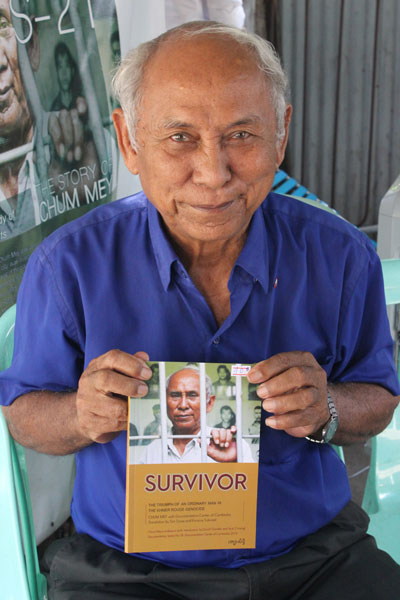
Angkor Wat (Temple City) is the largest Hindu temple complex of the world, covering an area of 400 acres. It was built by the Khmer king Suryavarman II in the early 12th century in Yashodharapura, the capital of the Khmer Empire, as his state temple and eventual mausoleum. It is made with sandstone blocks piled on top of one another. Then the sculptors would chisel out the figures marked by the artists. The reflection of the temple in the waters of the moat and some stunt photography are very popular here.
Angkor Wat is a breakaway from the Saivite tradition of previous kings and was instead dedicated to Lord Vishnu. About 1,200 sq m of carved bas reliefs represent eight different stories, such as the Hindu epics, Mahabharata and Ramayana. Perhaps the most important narrative is the Churning of the ocean of milk, depicting the story of devas fighting the asuras in order to reclaim peace, orderliness and power which the gods have lost. The elixir of life (amrita) needs to be released by churning the ocean by the gods and demons working together. Both sides are aware that once the amrita is released there will be a battle to attain it.
By the 12th century, Cambodia had started adopting Theravada Buddhism which is associated with South East Asia and is perhaps closer to the original Indian form of Buddhism. The Angkor Thom built by King Jayavarman VII has a Smiling Buddha. The entrance city gate though has a representation of Vishnu in the centre of the churning of the sea of milk.
The Ta Prohm temple is a purely Buddhist temple built by King Jayavarman VII for his mother. It is very unique in that it is in almost the same condition now as it was found in the 19th century. A startling picturesque and impressive combination of trees growing out of the ruins and the surrounding jungle has made it one of Angkor’s most popular temples. It gives the appearance of almost being swallowed by the jungle! It has towers, closed courtyards, narrow passages and shrubs sprouting from the roofs of monumental doorways. Many strangulating roots engulf the temples and the corridors. One of the most famous photographed spots in Ta Prohm is the Tomb Raider tree.
To spend a nice and relaxing evening, visit the Pub Street and the Night Market both open till late into the night.
The author is a member of RC Bangalore Jeevanbimanagar, D 3190.






